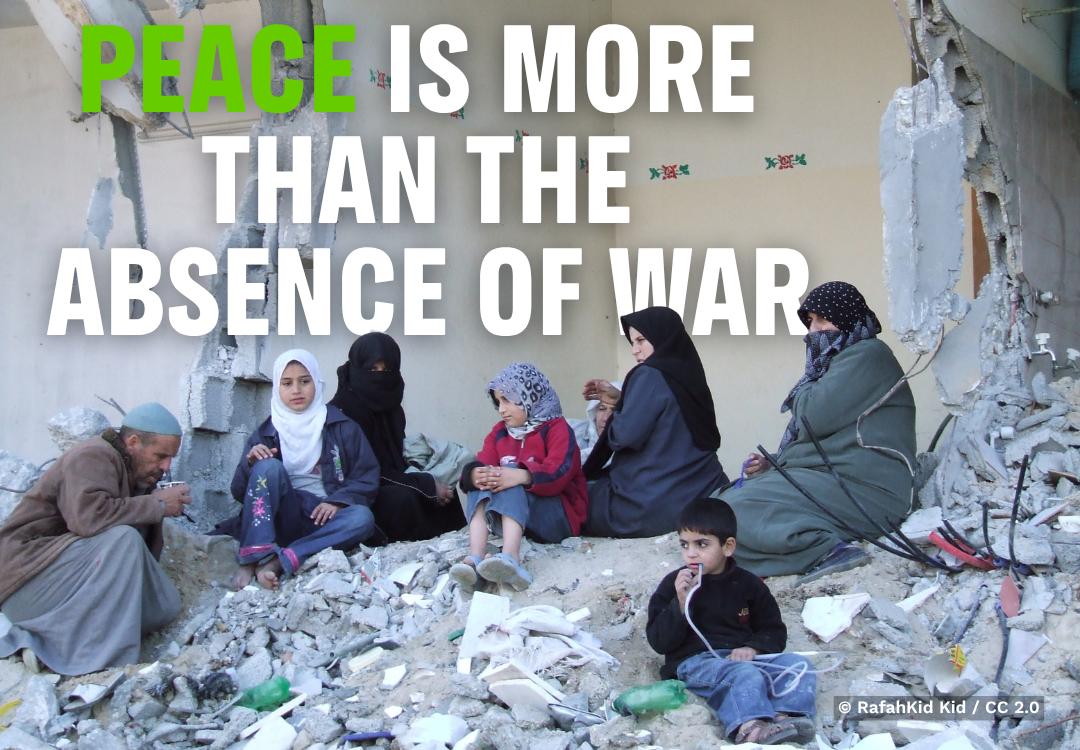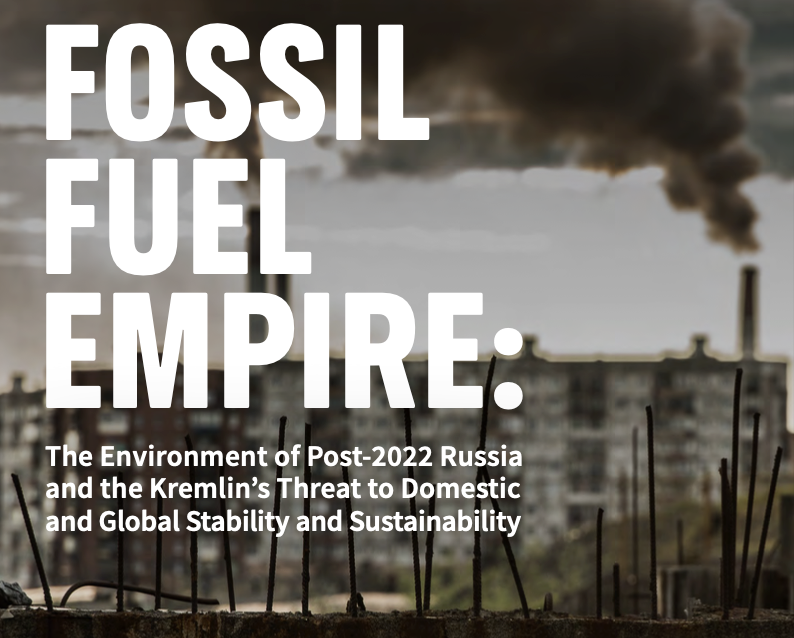When June arrives in the West, rainbow flags fill most of the streets, parades take over cities, and LGBTQ+ Pride becomes a month-long celebration of identity, visibility, and rights. In East Asia, Pride doesn’t always follow the same rhythm. While the spirit of Pride: resilience, community, and hope, remains universal, its expression here is shaped by different social, political, and cultural realities.
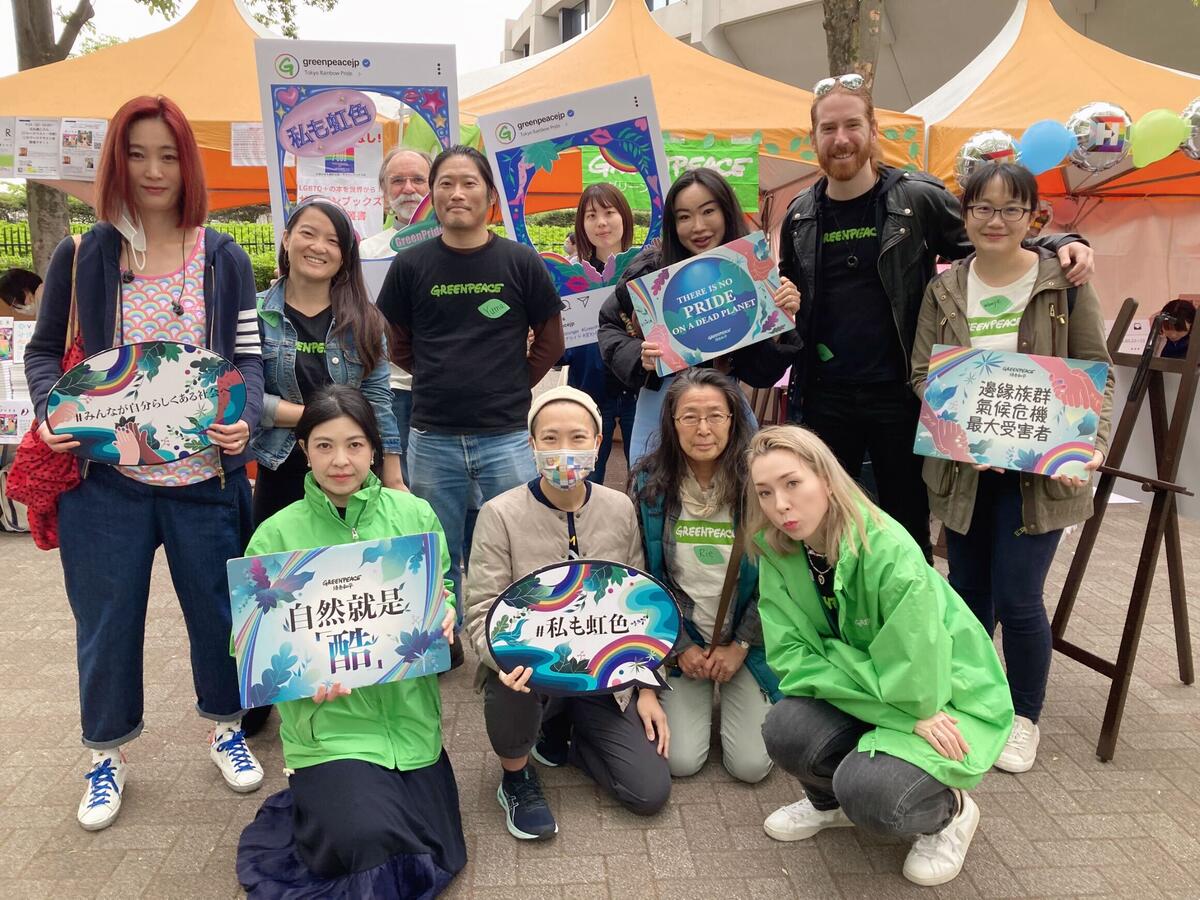
Unlike in the U.S. or Europe, Pride parades in East Asia do not always take place in June. Instead, cities like Taipei, Tokyo, and Hong Kong schedule their events at other times of the year, often due to weather, historical reasons, or practical constraints.
Taipei Pride, the region’s largest, is held in October; Tokyo Rainbow Pride typically happens in spring; and Hong Kong’s events have historically taken place in the cooler month of November. These dates reflect not just logistics, but a sense of local identity. East Asian Pride doesn’t necessarily trace its roots to Stonewall. It emerges from different struggles, often under vastly different conditions.
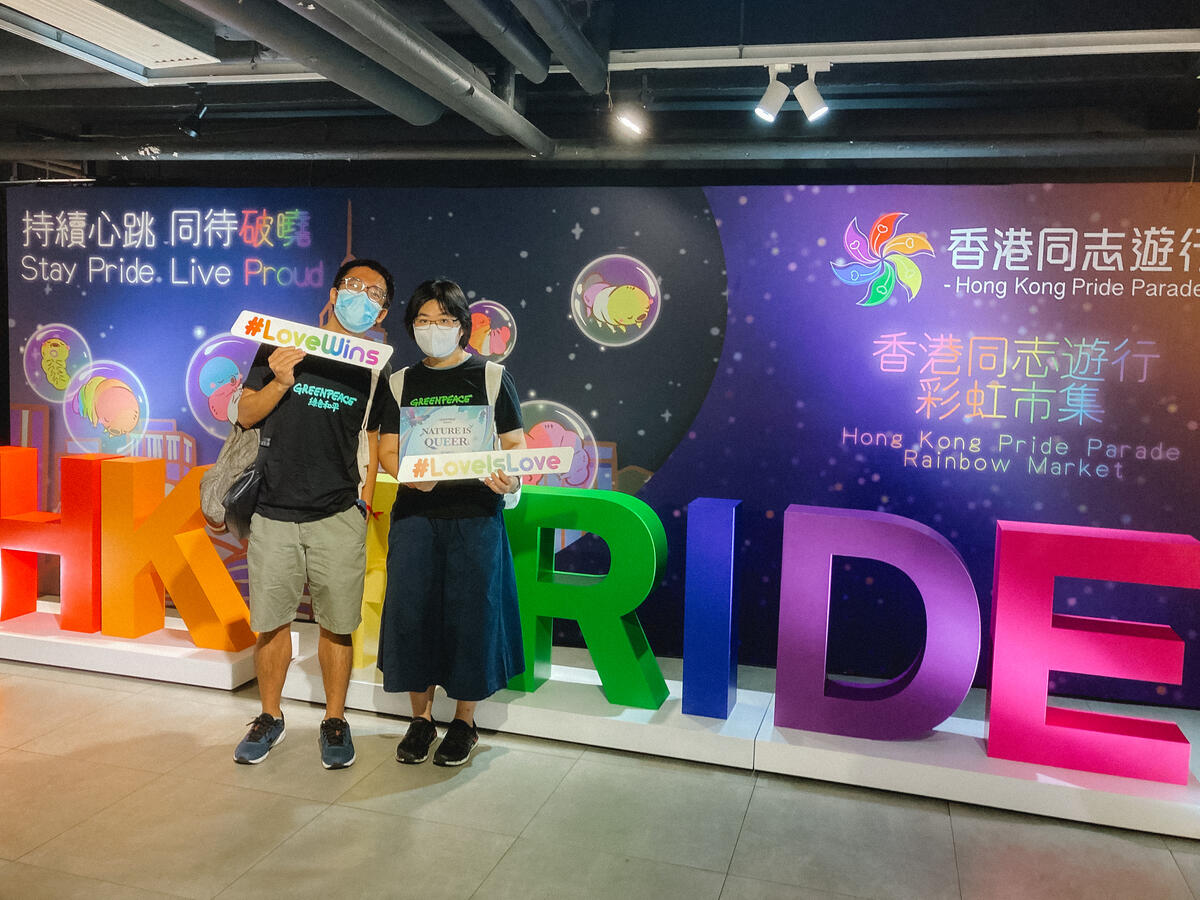
For many East Asian cities, Pride is often less about celebration and more about protest against discrimination and fighting for visibility. In Seoul, Pride organizers regularly face opposition from conservative religious groups, and parades have sometimes been blocked or disrupted. In Beijing, the LGBTQ+ community expresses itself through more small, semi-private gatherings, such as film screenings, discussions, and online events. Pride in East Asia can be quiet, but deeply courageous.
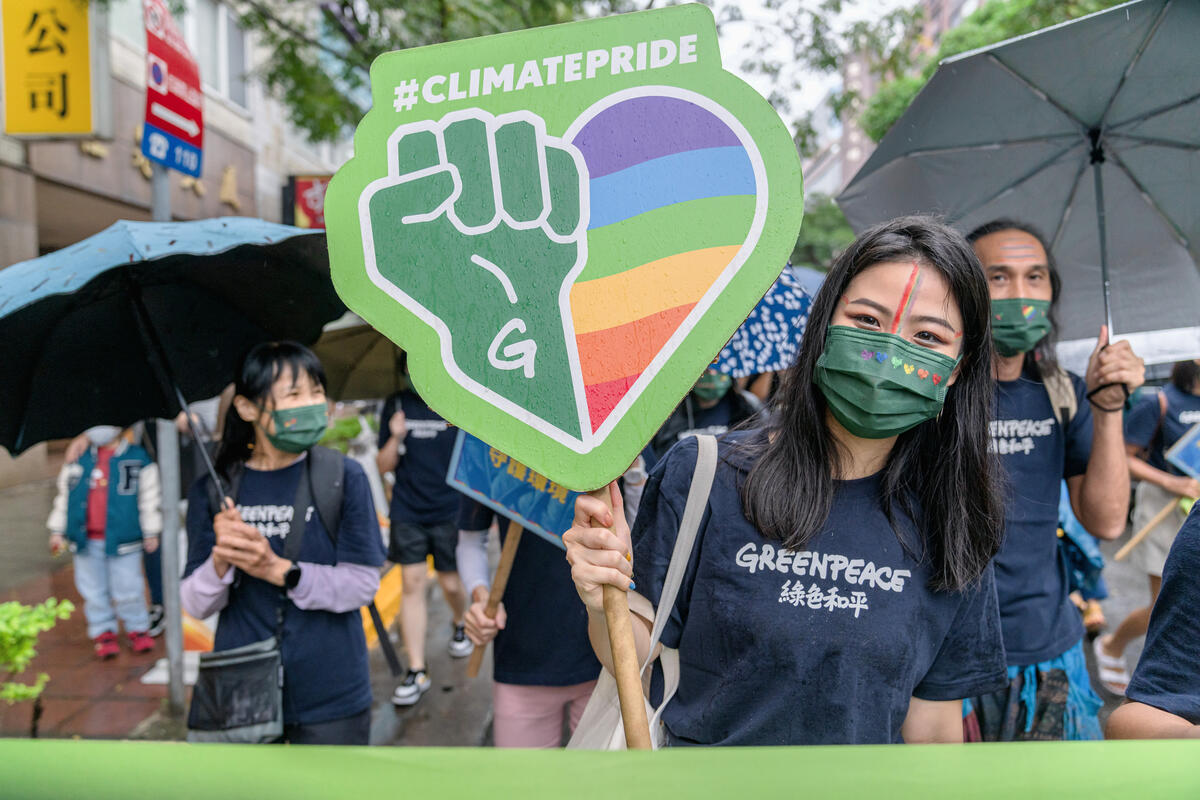
Even in more progressive cites like Taipei, where same-sex marriage became legal in 2019, Pride isn’t only celebratory. The parade is joyful and colorful, yes, but it’s also a platform for ongoing advocacy, pushing for broader rights and deeper social acceptance of the LGBTQ+ community. In Tokyo, corporate and diplomatic participation in Pride has grown, but many LGBTQ+ individuals remain closeted due to cultural pressures. Visibility is increasing, but societal norms aren’t evolving as quickly as we would like.
East Asian Pride takes pride in its own uniqueness. It has its own tone, shaped by local histories and challenges. It may be quieter or more restrained, but it carries no less weight. Pride in East Asia is about carving out space where none existed before. And while it might not fall in June, its spirit is just as bold.
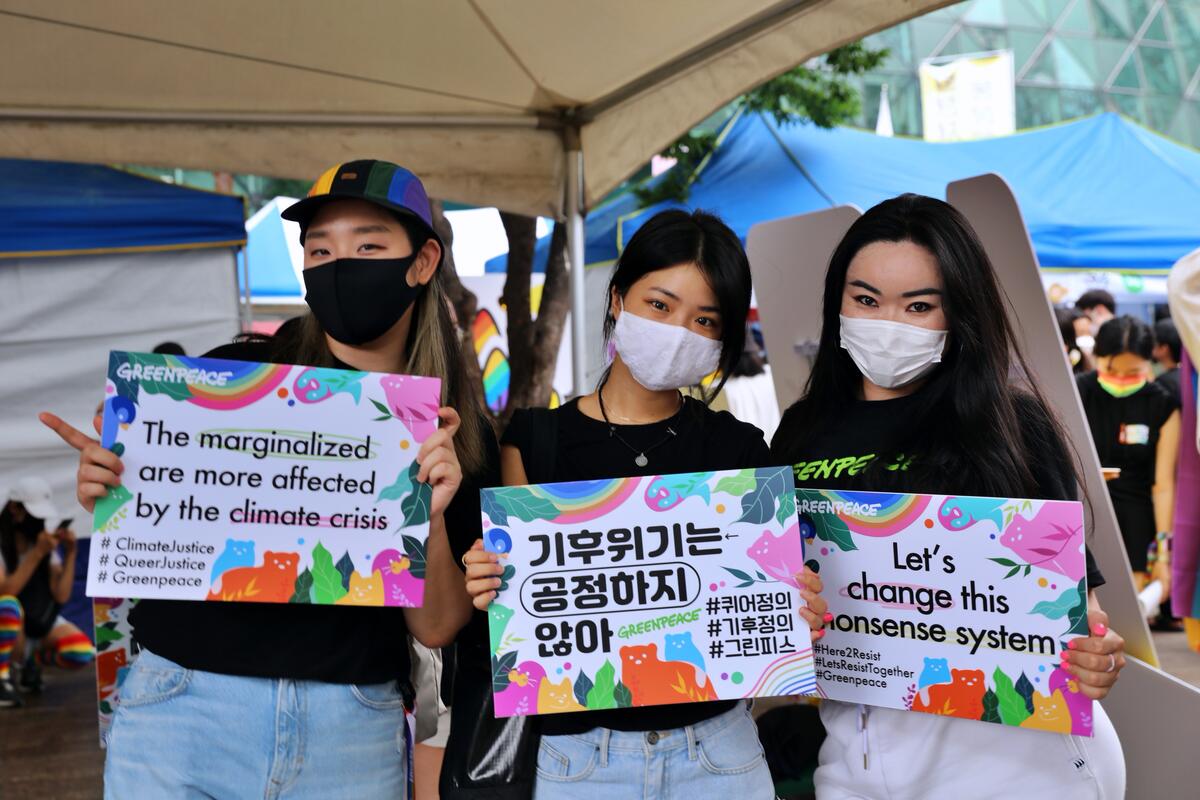
Ultimately, Pride doesn’t have to look the same everywhere. In East Asia, it may arrive on a different date, take a different form, and carry a different message. But at its heart, it still says the same thing: we are here, we matter, and we stand for the good of ALL.
June Liu is Equity, Diversity & Inclusion Partner in Greenpeace East Asia.

